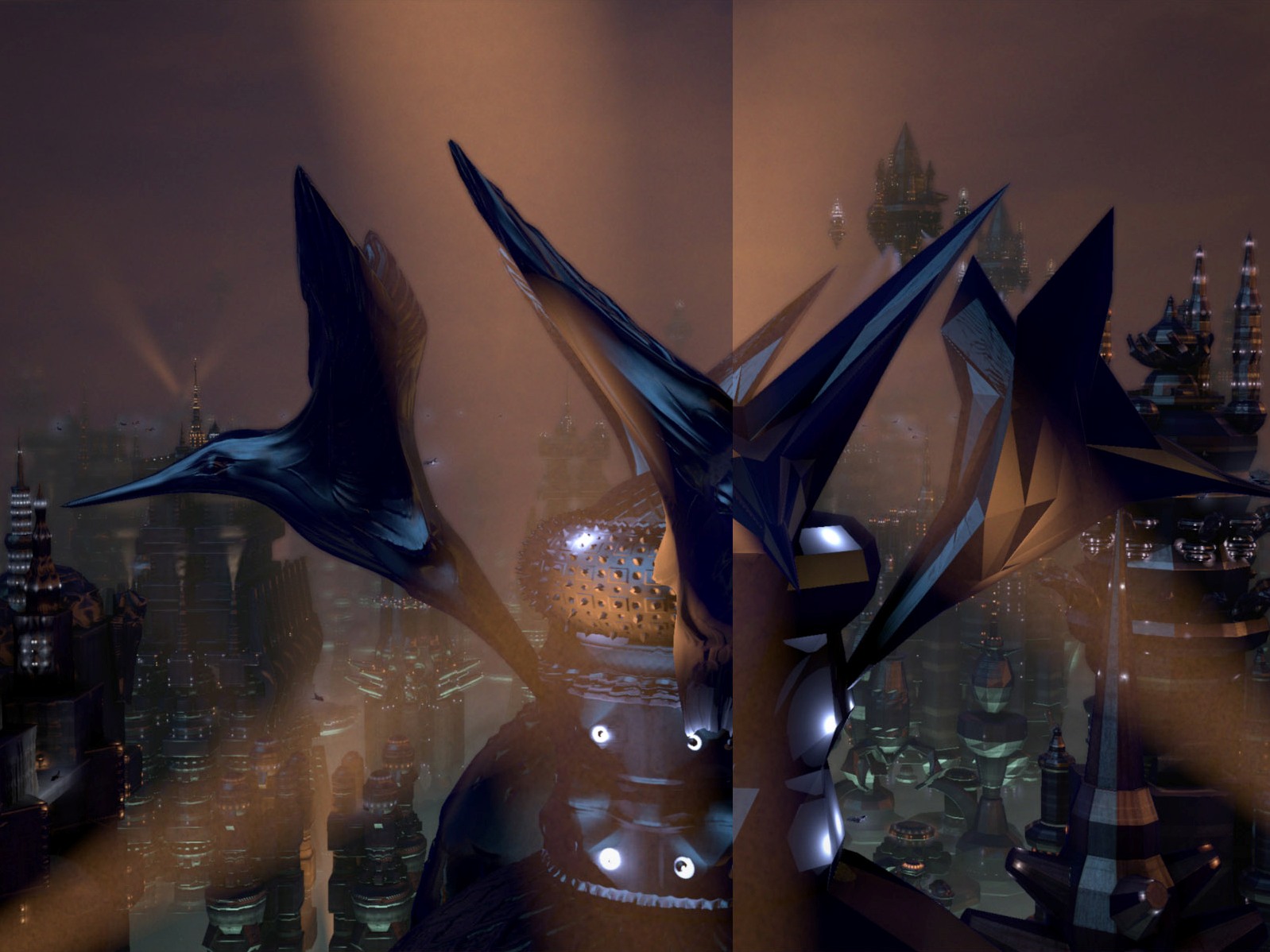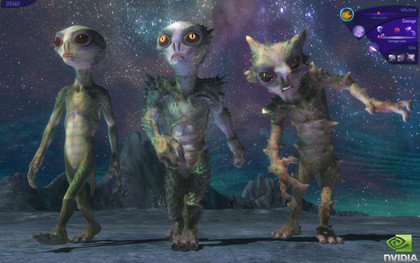
This is a sponsored article in association with Dabs.com
Unless you've been orbiting Pluto, you'll have heard about the stunning performance of the Nvidia GeForce GTX 580.
We really liked it and it's already available for £379.99 , but you don't have to take just our word for it, with the likes of Tim Sweeny at EPIC saying "we've standardized on Nvidia GeForce GPUs for Unreal Engine 3 development. The GTX 580 offers even more rendering and compute power."
One of the big offerings of DirectX 11 is a technology called tessellation. It's a much needed fix for one of the final weaknesses of the triangle-based model rendering that DirectX uses. While modern cards can fling triangles at your screen faster than a multi-armed ninja, scenes still fall far short of the near-infinite detail of reality itself.
The science bit
Take a tree. Its trunk and branches are sort of round, mostly straight and it's covered in rough bark. The closer you get, the more detail you'll see in its irregular branches, trunk and even the roughness of its bark. To define all of that would result in excessive memory-munching.
Previously, tricks such as bump mapping and pixel shader routines were used as visual kludges to try and trick the eye into thinking it was seeing more detail than existed. But these are sticky plasters - get up close and they won't fool anyone. Plus they show up more problems with shadows and occlusion.
Get daily insight, inspiration and deals in your inbox
Sign up for breaking news, reviews, opinion, top tech deals, and more.
The ideal is to have real geometry and that's exactly what DX11 Tessellation does, but instead of representing every point in a model, the GPU is passed a description of the curves in a model called a patch. This enables the GPU to interpolate a whole heap of extra geometry for a surface and therefore far more detail.
But all that crazy talk might not mean anything to you, which is why Nvidia has produced a couple of stunning tech demos, so you can see what this technology can do. The first and the one that really stands out is Endless City.
This CUDA powered Nvidia demo is throwing around 600 million triangles every second and with its dynamic lighting system has half a million light sources. All of this is generated on-the-fly from basic geometry so the city never ends.
The second is the happily, ludicrously named Alien vs Triangles.The other benefit of the DirectX 11 Tessellation system as it doesn't disrupt or impede any other area of the pipeline - it's implemented as part of the standard geometry pipeline.
So while we benefit from the extra detail, models can still be animated and have all the usual shaders, textures and displacement maps applied to them.

ACE DEMO: A usually visually impressive Nvidia demo showing off DirectX 11 effects
With some models of the Nvidia GeForce GTX 580 already availableit's already a great-value high-end choice.
Of course, these demos aren't limited to the latest Nvidia card, the Nvidia GeForce GTX 460 and rest of the GeForce 400 range are all capable of running these demos and don't forget the Dabs Nvidia and Tom Clancy's H.A.W.X. 2 offer where you'll get a free download copy of the game when you buy selected GeForce GTS 450 and GeForce GTX 460 cards.
The TechRadar hive mind. The Megazord. The Voltron. When our powers combine, we become 'TECHRADAR STAFF'. You'll usually see this author name when the entire team has collaborated on a project or an article, whether that's a run-down ranking of our favorite Marvel films, or a round-up of all the coolest things we've collectively seen at annual tech shows like CES and MWC. We are one.